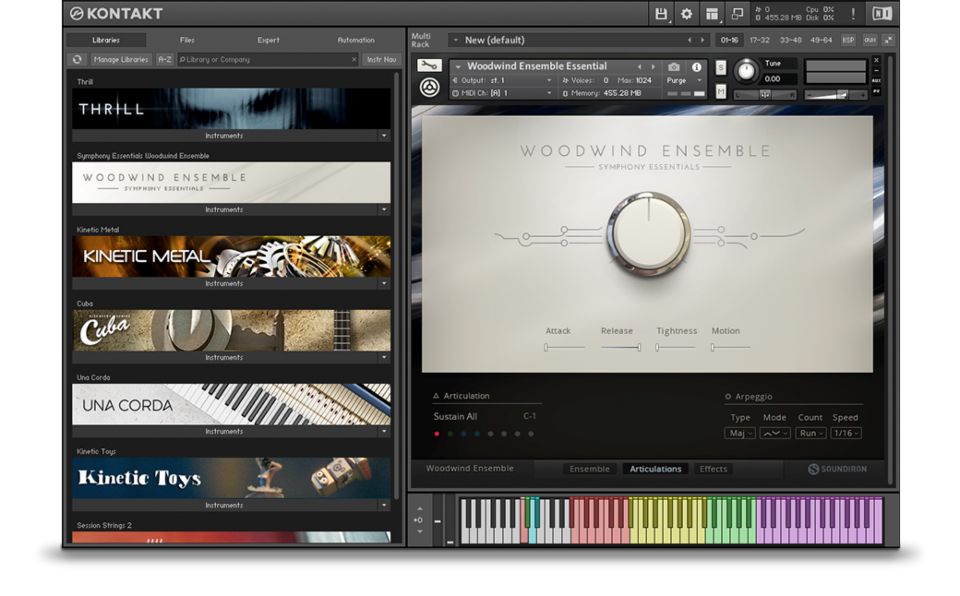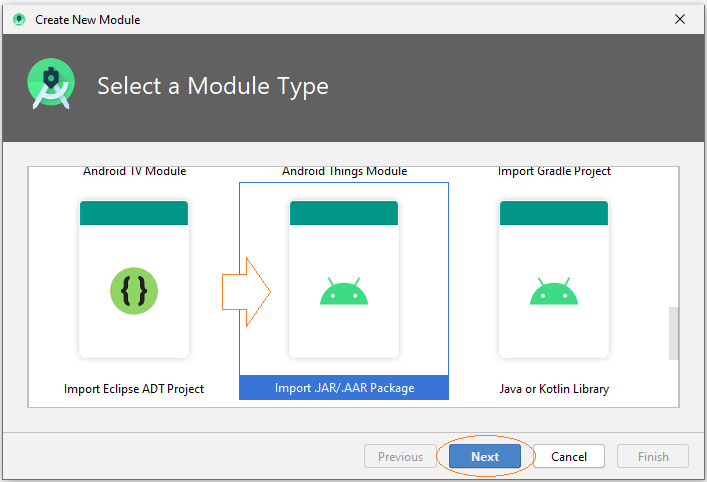

Just make sure to follow the same steps, but choose 3 for the next one and 4 for the one after that. Then you should be able to play the instrument through the external instrument’s MIDI channel and hear the audio routed out through that same channel. The MIDI Channel should have auto updated, but if it hasn’t make sure it’s set to Port A: 2. The Output will not have auto updated and you will want to change that from St.1 to St.2. There are two settings you will want to make sure are correct: the Output and MIDI Ch. Click the little circle with the " i" in it. There is one last thing you need to do in the instrument itself. This means it frees up RAM for other processes. If you click that button all the samples for that articulation or mic position will be purged from memory. Each one of those Ps represent another set of samples loaded into RAM. If you look next to the articulation and mic position options you can see a P (purge). If you don’t have a stacked machine with 32 GB of lightning fast RAM, like most of us, then this trick is for you. It’s called the “Purge” function. Some larger, more complex instrument libraries come with Purge functions built in to the GUI, usually marked with a P. Luckily for you, I have three techniques that are sure to make you and your computer happy in that regard! Saving RAM….

When you get one of those libraries you will want to know a few key procedures about how to make things run smoother, quicker and take up less resources, like RAM and CPU. The sheer number of high quality sample libraries is astounding. Native Instruments' Kontakt Player should be a staple of any serious producer’s toolbox, if it somehow isn’t already.


 0 kommentar(er)
0 kommentar(er)
